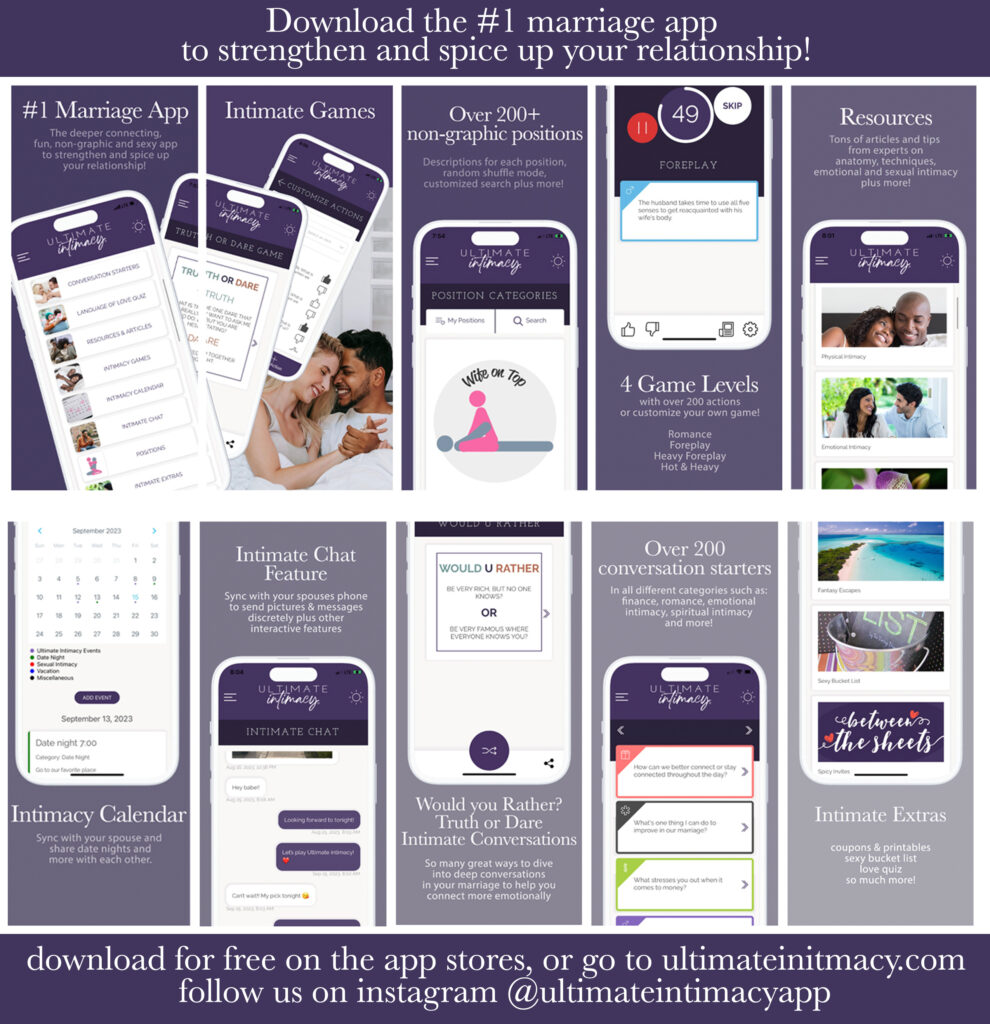In today’s digital age, smartphones have become an integral part of our lives, offering convenience and connectivity at our fingertips. However, their constant presence can sometimes intrude on our most cherished relationships, including our marriages.
Many couples are so addicted to their devices, many other aspects of their marriage gets neglected.
Setting boundaries around phone usage is crucial for maintaining healthy communication, intimacy, and connection with your spouse. Many people confuse boundaries with rules. They are not. Boundaries can be described like a fence to keep things out and to protect you.
The Difference Between Boundaries And Rules
Boundaries are personal limits that YOU set for yourself. They define what your behaviors will be and how you will respond when someone crosses those lines.
Rules are often imposed by someone else — like parents or teachers — whereas boundaries are self-imposed rules that govern how we think, feel and behave toward others.
You may enjoy this article titled: What is the difference between rules and boundaries?

Here are seven ways to establish phone boundaries in your marriage, along with explanations of their benefits and practical examples:
Designate Phone-Free Times: Designating specific times when phones are off-limits can create dedicated moments for quality time and connection with your spouse. Whether it’s during meals, date nights, or bedtime, setting aside designated phone-free times allows you to focus on each other without distractions.
Example: “Every evening during dinner, we have a rule that phones are put away, and we use that time to catch up, share stories from our day, and connect with each other.”
Create Phone-Free Zones: Establishing certain areas of your home as phone-free zones can help minimize distractions and foster deeper engagement with your spouse. Whether it’s the bedroom, living room, or dining area, designating specific spaces where phones are not allowed encourages present-moment awareness and enhances communication.
Example: “We’ve decided to make our bedroom a phone-free zone to promote better sleep hygiene and create a tranquil space for intimacy and relaxation.”
Set Boundaries for Social Media Use: Social media can often consume a significant amount of our time and attention, potentially detracting from our interactions with our spouse. Setting boundaries around social media use, such as limiting scrolling time or designating specific times for checking social media, can prevent it from becoming a source of conflict or distraction in your marriage.
Example: “We’ve agreed to limit our social media usage to specific times of the day, such as during our lunch break or after dinner, so that it doesn’t interfere with our time together.”
Establish Communication Guidelines: Clear communication guidelines around phone usage can help prevent misunderstandings and ensure that both partners feel respected and valued. Discussing expectations regarding phone availability, response times to messages, and the importance of being present during conversations can strengthen your connection and foster mutual understanding.
Example: “We’ve agreed to prioritize face-to-face communication over texting whenever possible, especially when discussing important matters or expressing affection.”

Practice Mindful Phone Use: Mindful phone use involves being intentional and aware of how and when you use your phone, especially in the presence of your spouse. Practicing mindfulness techniques, such as taking regular breaks from your phone, setting intentions before using it, and being fully present during conversations, can help cultivate a healthier relationship with technology and deepen your connection with your spouse.
Example: “Before reaching for my phone, I pause for a moment to ask myself if it’s truly necessary or if I’m just seeking distraction. This helps me stay mindful of my phone usage and prioritize my relationship with my spouse.”
Establish Emergency Protocol: While it’s important to limit non-urgent phone use, establishing clear protocols for handling emergencies can provide peace of mind and ensure that you’re readily available when needed. Agreeing on how to handle urgent calls or messages during phone-free times can alleviate anxiety and prevent misunderstandings.
Example: “We’ve set up a system where we have designated emergency contacts who know how to reach us if there’s a true emergency, allowing us to focus on each other without constant worry.”
Lead by Example: Finally, leading by example is key to establishing healthy phone boundaries in your marriage. Model the behavior you want to see in your spouse by prioritizing face-to-face interactions, being mindful of your phone usage, and respecting agreed-upon boundaries. Your actions speak volumes and can inspire positive change in your relationship.
Example: “I make a conscious effort to limit my phone usage when I’m with my spouse, focusing my attention on them and showing them that they are my priority.”
In conclusion, setting boundaries around phone usage in your marriage is essential for preserving intimacy, fostering connection, and promoting mutual respect. Remember, it’s not about completely eliminating phones from your lives but rather finding a harmonious balance that allows you to prioritize your connection with your spouse.
Ultimate Intimacy


